
In this article, we will go through the Flip-Flop types, their Conversion and their Applications, First, we will go through the definition of the flip-flop with its types in brief, and then we will go through the conversion of the flip-flop with its applications, At last, we will conclude our article with some FAQs.
Table of Content
The flip-flop is a circuit that maintains a state until directed by input to change the state. A basic flip-flop can be constructed using four- NAND or four- NOR gates . Flip-flop is popularly known as the basic digital memory circuit. It has its two states as logic 1(High) and logic 0(low) states. A flip flop is a sequential circuit which consist of single binary state of information or data. The digital circuit is a flip flop which has two outputs and are of opposite states. It is also known as a Bistable Multivibrator .
Given Below are the Types of Flip-Flop
Logic diagrams and truth tables of the different types of flip-flops are as follows:
In the flip flop, with the help of preset and clear when the power is switched ON, the states of the circuit keeps on changing, that is it is uncertain. It may come to set(Q=1) or reset(Q’=0) state. In many applications, it is desired to initially set or reset the flip flop that is the initial state of the flip flop that needs to be assigned. This thing is accomplished by the preset(PR) and the clear(CLR).
Given Below is the Block Diagram of S-R Flip Flop

Given Below is the Diagram of S-R Flip Flop with its Truth Table
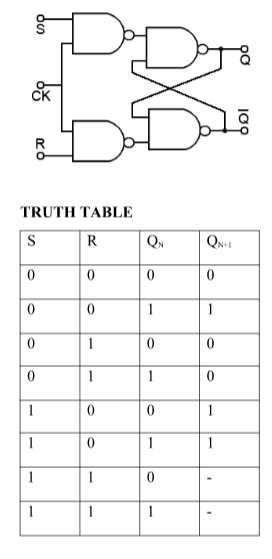
Given Below is the Operations of S-R Flip Flop
Characteristics Equation for SR Flip Flop
QN+1 = QNR’ + SR’
In JK flip flops, The basic structure of the flip flop which consists of Clock (CLK), Clear (CLR), Preset (PR).
Given Below is Block Diagram of J-K Flip Flop
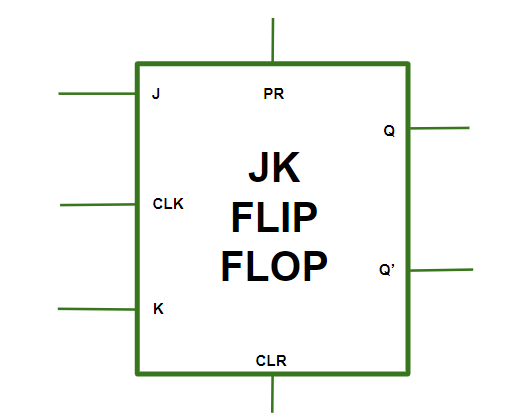
Given Below is the Diagram of J-K Flip Flop with its Truth Table
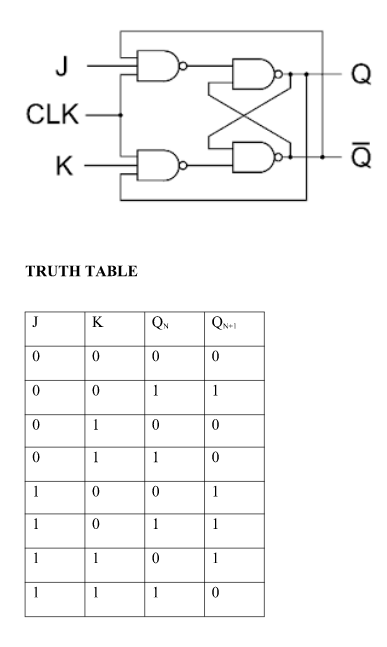
Given Below is the Operations of J-K Flip Flop
When the J and K both are set to 1, the input remains high for a longer duration of time, then the output keeps on toggling. Toggle means that switching in the output instantly i.e. Q=0, Q’=1 will immediately change to Q=1 and Q’=0 and this continuation keeps on changing. This change in output leads to race around condition.
Characteristics Equation for JK Flip Flop
QN+1 = JQ’N + K’QN
The D Flip Flop Consists a single data input(D), a clock input(CLK),and two outputs: Q and Q’ (the complement of Q).
Given Below is the Block Diagram of D Flip Flop

Given Below is the Diagram of D Flip Flop with its Truth Table

Given Below is the operation of D Flip-Flip
Characteristics Equation for D Flip Flop
QN+1 = D
The T Flip Flop consists of data input (T), a clock input (CLK), and two outputs: Q and Q’ (the complement of Q).
Given Below is the Block Diagram of T Flip Flop

Given Below is the Circuit Diagram and Truth Table of T Flip Flop
Operation of the T Flip-Flop
Given Below is the Operation of T Flip-Flop
Characteristics Equation for T Flip Flop
QN+1 = Q’NT + QNT’ = QN XOR T
The Excitation Table of the Flip Flop can be given as
EXCITATION TABLE :
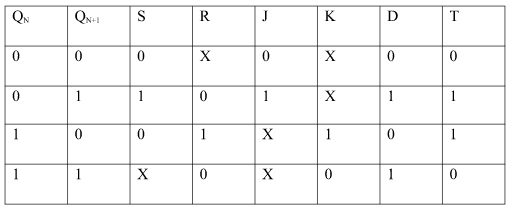
Steps To Convert from One Flip Flop to Other
Let there be required flipflop to be constructed using sub-flipflop:
Convert SR To JK Flip Flop
The Table for the SR To JK is given as
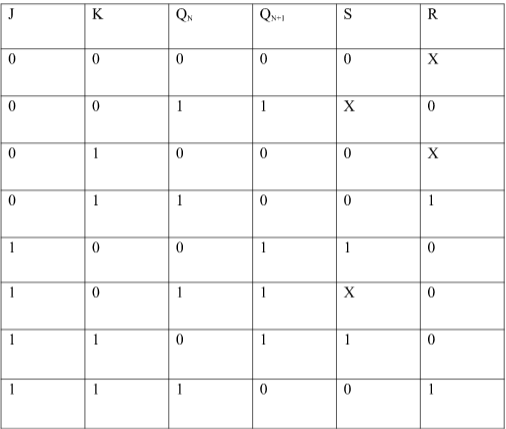
Function and Logic Diagram for the conversion is given below
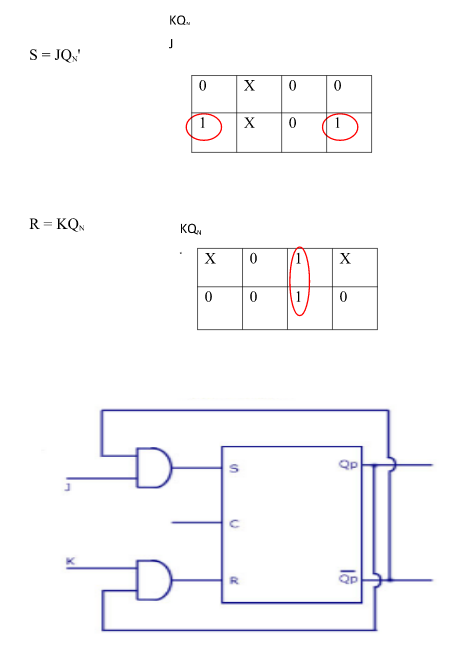
Convert SR To D Flip Flop
The Table for the SR To JK is given as
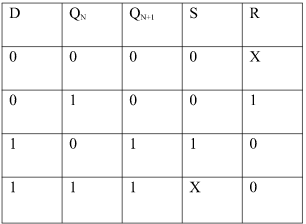
Excitation Functions and Logic Diagram
Function and Logic Diagram for the conversion is given below
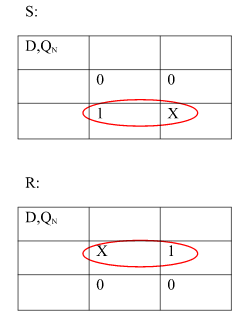
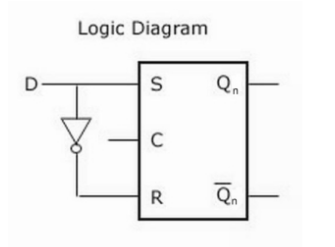
Applications of Flip-Flops
These are the various types of flip-flops being used in digital electronic circuits and the applications of Flip-flops are as specified below.
In this article we have gone through definition of the flip flop in brief with its different types, we have also gone through conversion of flip and the Application of the Flip Flop.
The Edge flip flop changes only when there is specific transitions of the clock signal and level trigger flip flop changes only to continuous level of the clock signal.
The Master Salve have two interconnected flip-flops whci operates as master and other as slave.
The Synchronous flip flops only changes to clico signal and Asynchronous flip flop changes independent of the clock signal.